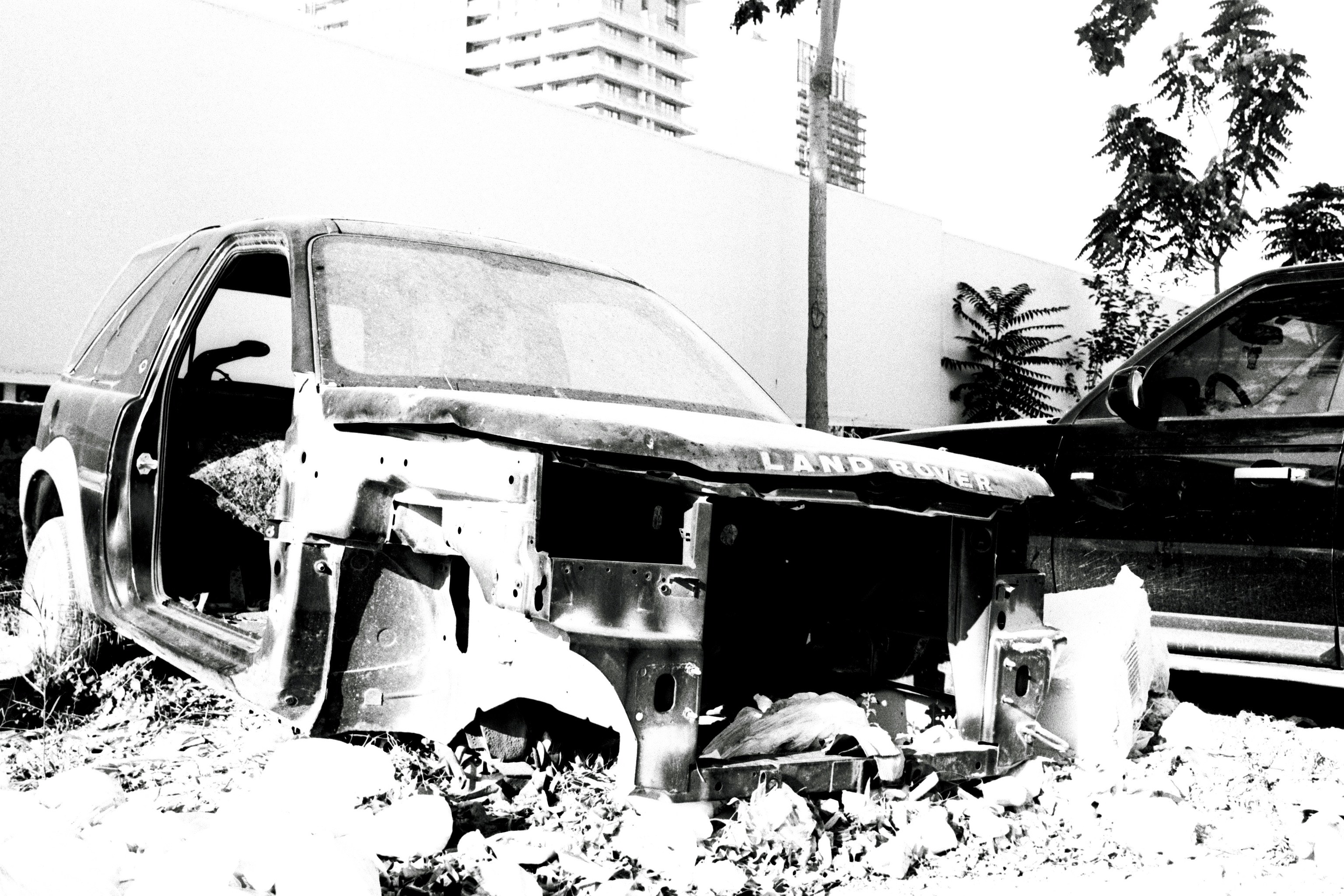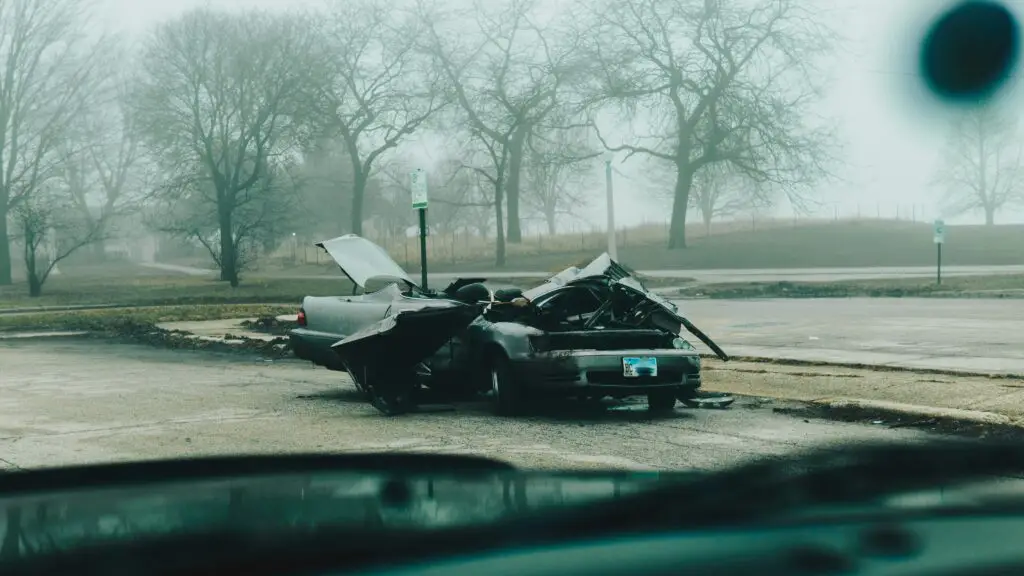Car accidents happen every day. In terms of damages, it’s a matter of determining which driver is at fault. Often, that’s down to the right of way.
This video shows a driver turning right into traffic from a driveway. The driver navigates around a garbage can to make a wide turn. An SUV comes along driving a little faster than it should and clips the other car’s nose.
The question is, who has the right of way in this accident?
Which Driver Has the Right of Way?
There were several extenuating circumstances in this accident. For example, the SUV was likely speeding. The homeowner may have also been responsible for leaving their garbage can to obstruct traffic.
However, the driver was responsible for looking for traffic before making a wide turn into what was technically the other side of the street. Therefore, the driver of the damaged car would be liable for the accident.
Does Comparative Fault Apply?
Although the driver whose car was damaged is mostly responsible for this accident, they may receive some compensation. It depends on the type of negligence laws in the state where the accident occurs. Here are some that may exist.
- Contributory Negligence: In states with contributory negligence, plaintiffs are not eligible for compensation if they are as much as 1% at fault for an accident.
- Comparative Negligence: Comparative negligence falls into two categories; pure and modified. Pure comparative negligence means they may collect damages based on how ‘at fault’ they are for the accident. For example, if a judge rules a car is 75% at fault for an accident, they can still receive 25% in damages. Modified negligence means a driver can recover damages if found to be less than 50% at fault for an accident.
- Gross vs. Slight Negligence: This law exists only in South Dakota. It means that slight negligence would not prevent a driver from recovering damages. However, they are out of luck if their activity in causing the accident is considered gross negligence.
Depending on the state where the accident occurred, the driver who turned into traffic may collect damages because both the speeding SUV and the homeowner who left their garbage can in the middle of the street contributed to the accident.
What are Right of Way Laws?

Right-of-way laws determine who is at fault in certain accidents. If a driver drives on a straightaway without intersections or crosswalks, they do not have to stop for cars entering the roadway. Therefore, the SUV driver had the right of way in this accident.
However, straight drivers should watch for cars and pedestrians entering the road.
Right-of-way laws vary by state, but here are some commonly enforced rules:
- Traffic Control Signals: Drivers must yield to other drivers and pedestrians who have the right of way as imposed by a steady green light or walk sign.
- Stop Signs: A driver who arrives at a stop sign first has the right of way. If both drivers approach the stop sign simultaneously, the driver on the right has the right of way.
- Flashing Red or Yellow Lights: These lights mean drivers must slow down and should only proceed when it is safe to do so.
- Pedestrians: Pedestrians have the right of way at unmarked intersections and crosswalks. If a traffic device is present, they may only walk with a green light or walk sign. They cannot step onto the road when a vehicle is close enough to pose an immediate threat. They are also prohibited from jaywalking.

